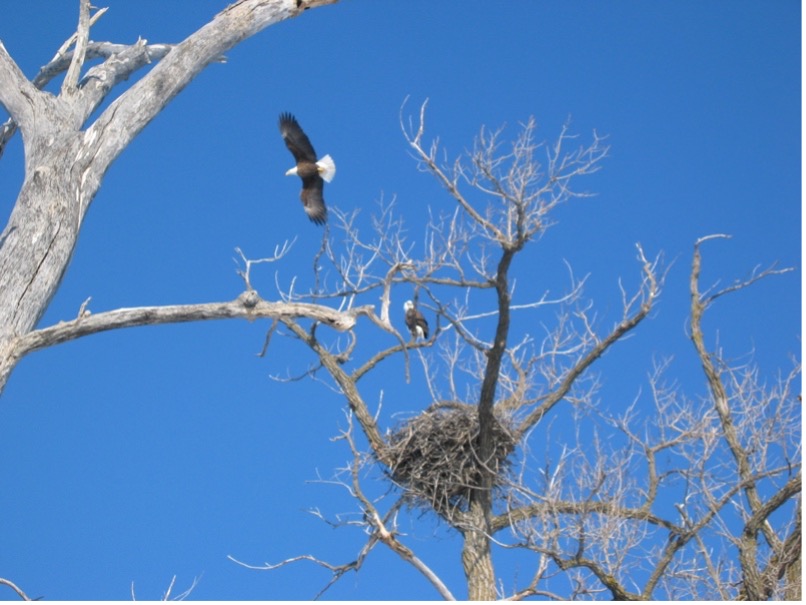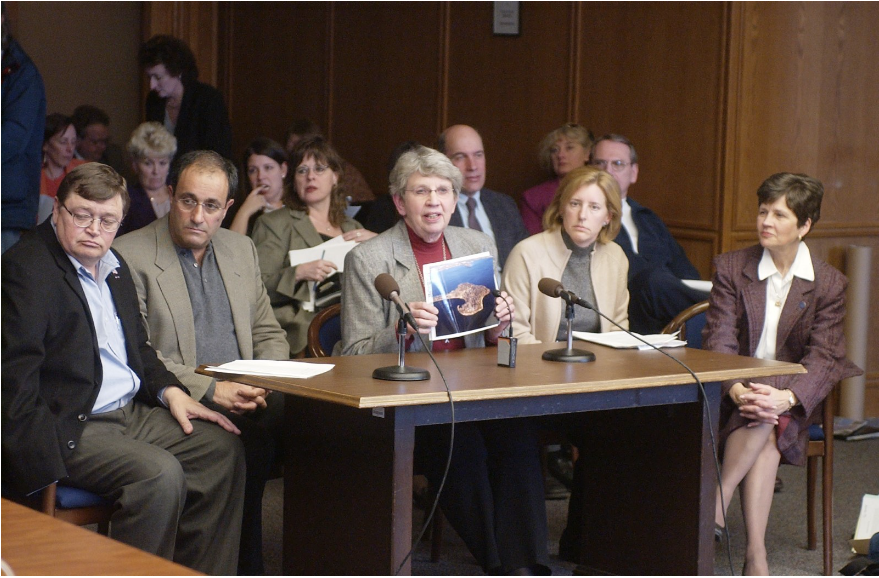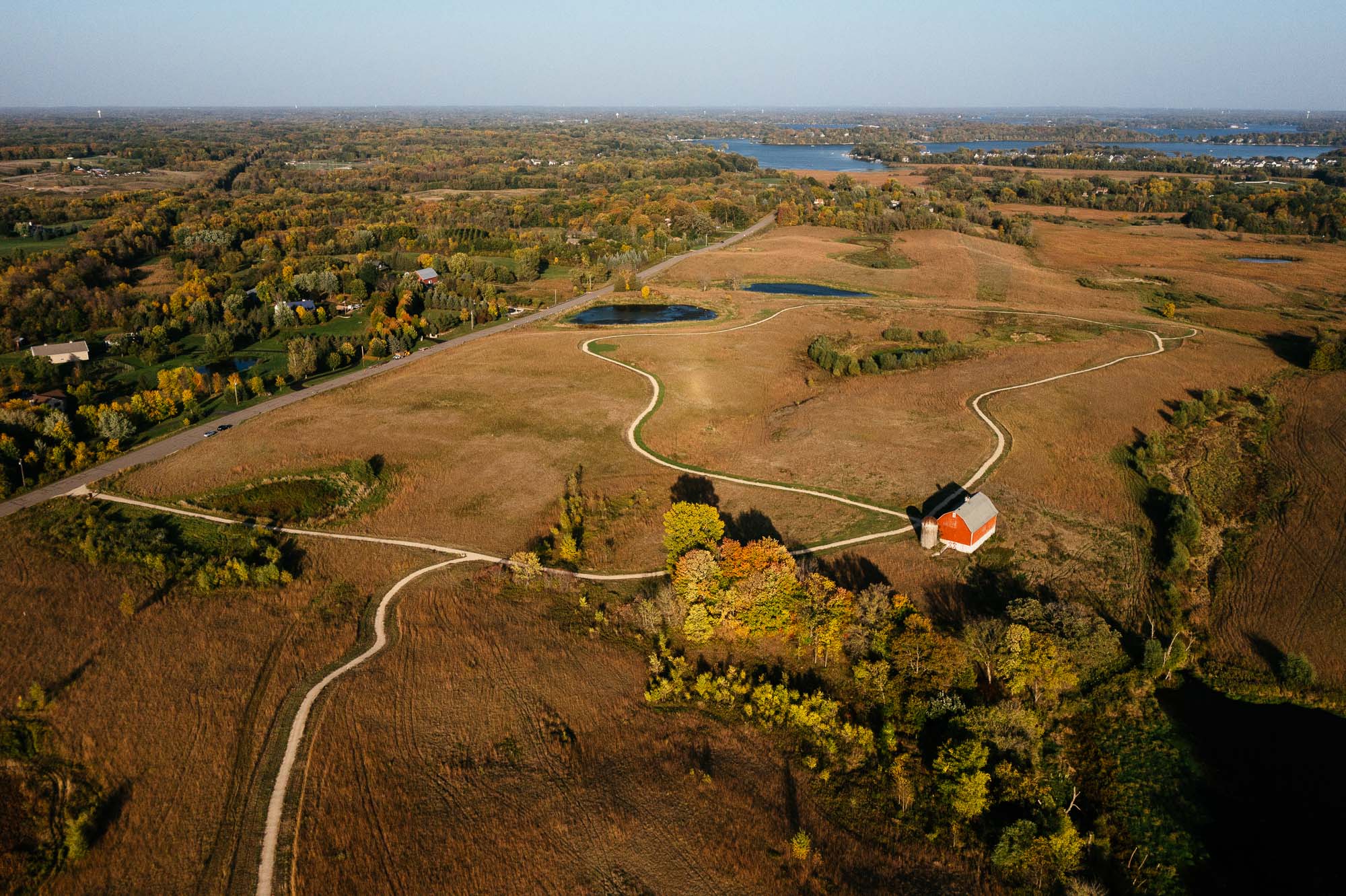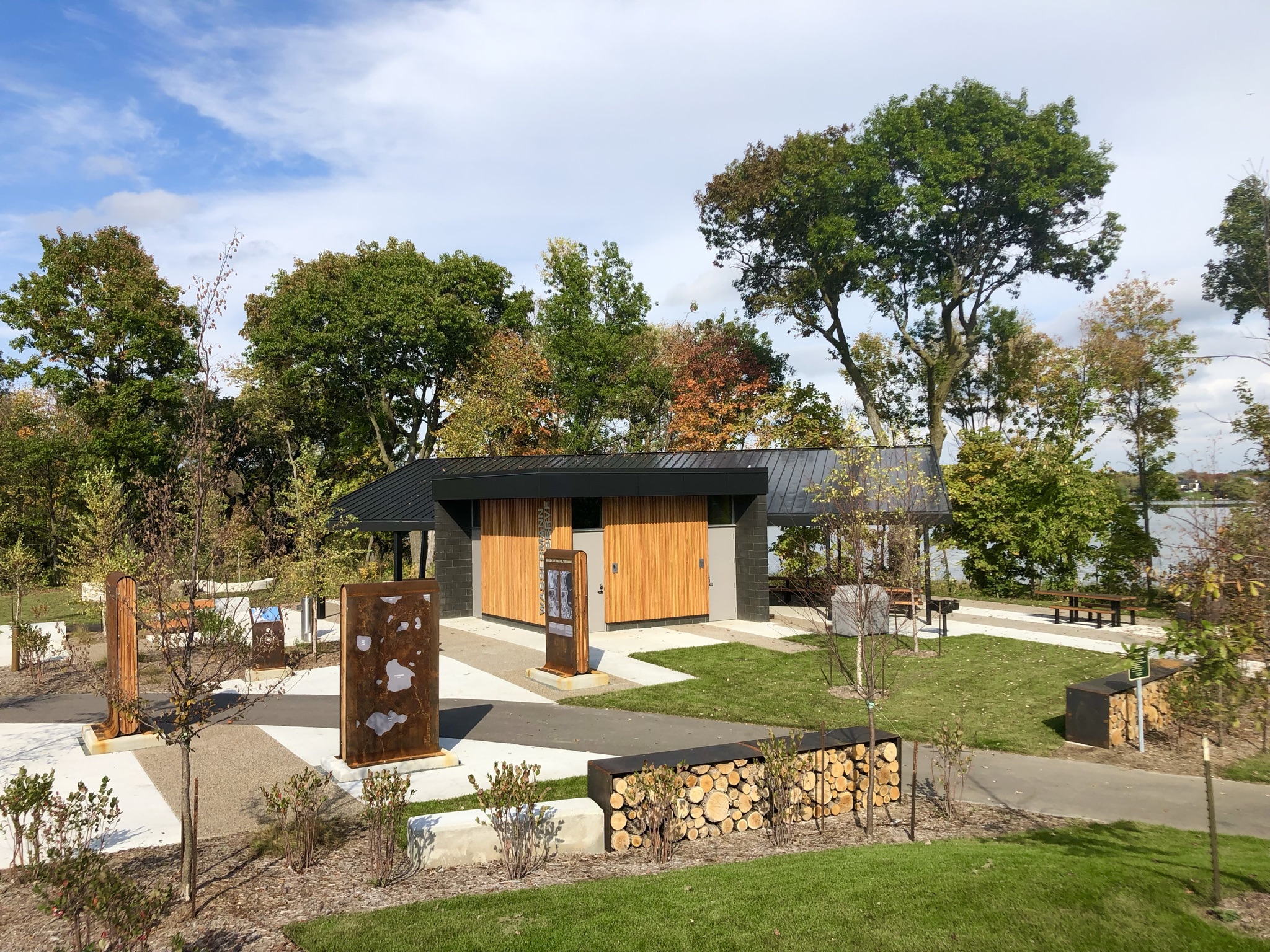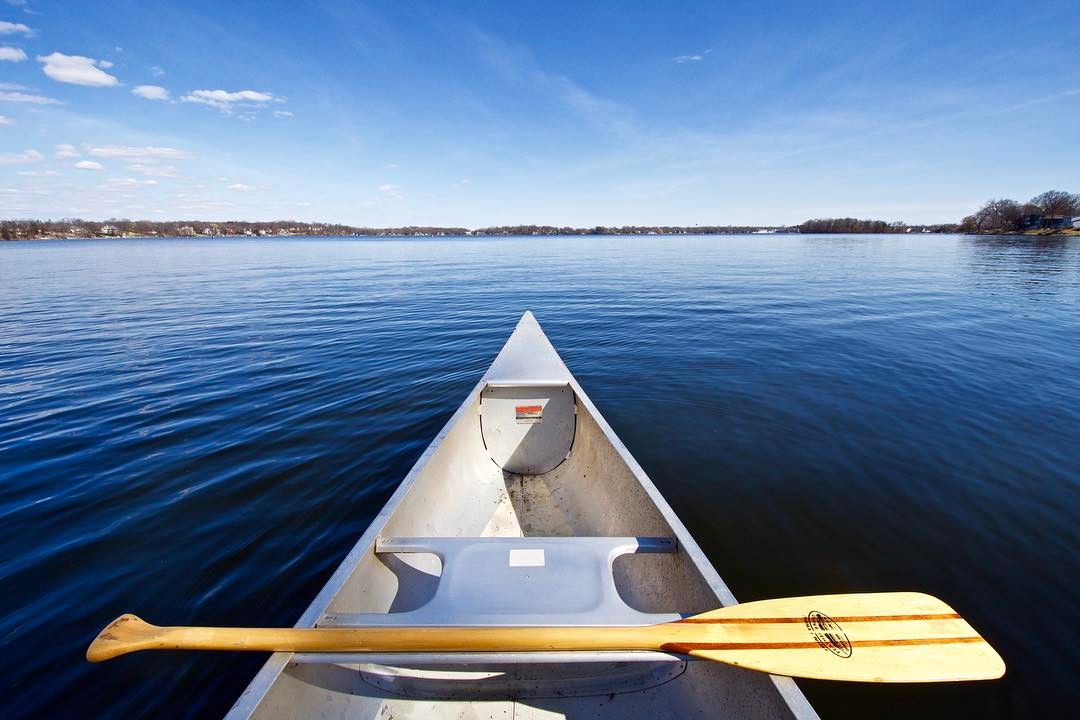
Big Island Restoration
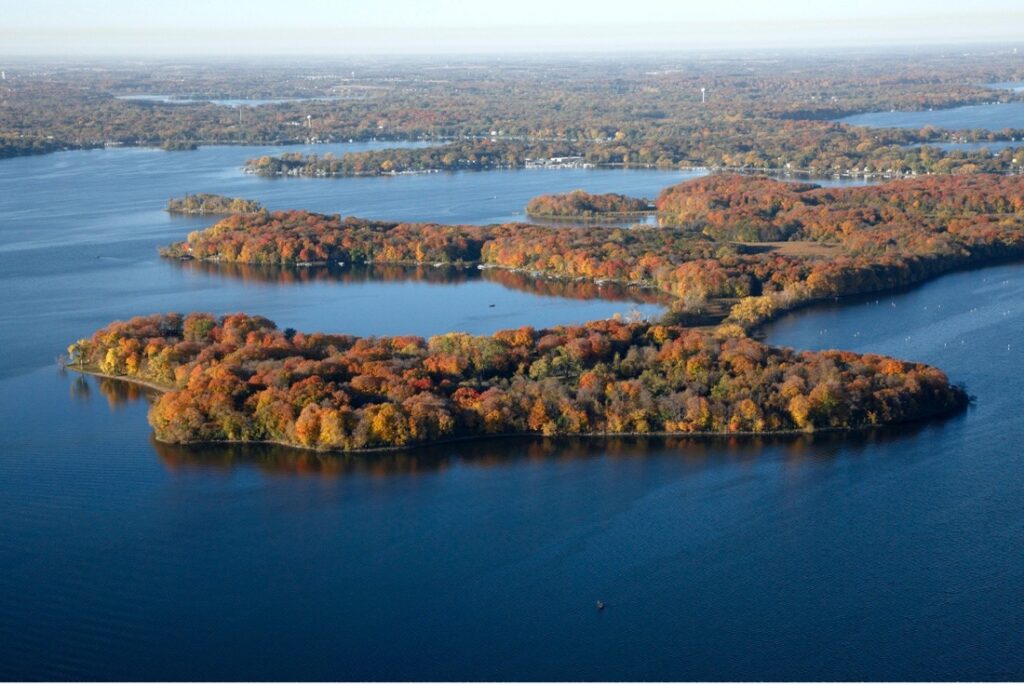
Overview
In 2006, the City of Orono, the State of Minnesota, and Minnehaha Creek Watershed District (MCWD) coordinated to buy 56 acres on the east side of Big Island on Lake Minnetonka to return part of the island to a natural state for the public to enjoy. MCWD restored 3,000 feet of severely eroded shoreline to enhance water quality in Lake Minnetonka, using a variety of techniques that included adding riprap and planting shrubs and trees. The shoreline restoration not only improves Lake Minnetonka’s water quality, but also provided a stable foundation for the City of Orono to build a natural park that provides recreational opportunities for all who enjoy Lake Minnetonka. MCWD also removed buckthorn and helped clear the island of about 150 tons of garbage with the assistance of former Orono Mayor Gabriel Jabbour.
In the early 1900s, Big Island was home to a popular amusement park complete with a roller coaster, carousel, and other rides. After its closure in 1911, most of the structures on the property were dismantled and the island became the site of a veterans’ camp for 80 years. Growing liability concerns, maintenance costs, and declining interest by veterans statewide prompted the Board of Governors of the Big Island Veterans Camp of Minnetonka to put the camp up for sale. Over time, the shoreline on the east side of Big Island had become severely eroded and, in some cases, had resulted in bank failures and loss of land. Stabilization of the shoreline was needed to protect the island from continuing to wash sediment into Lake Minnetonka. MCWD has a conservation easement over the land, ensuring the property’s natural resources are protected in perpetuity.
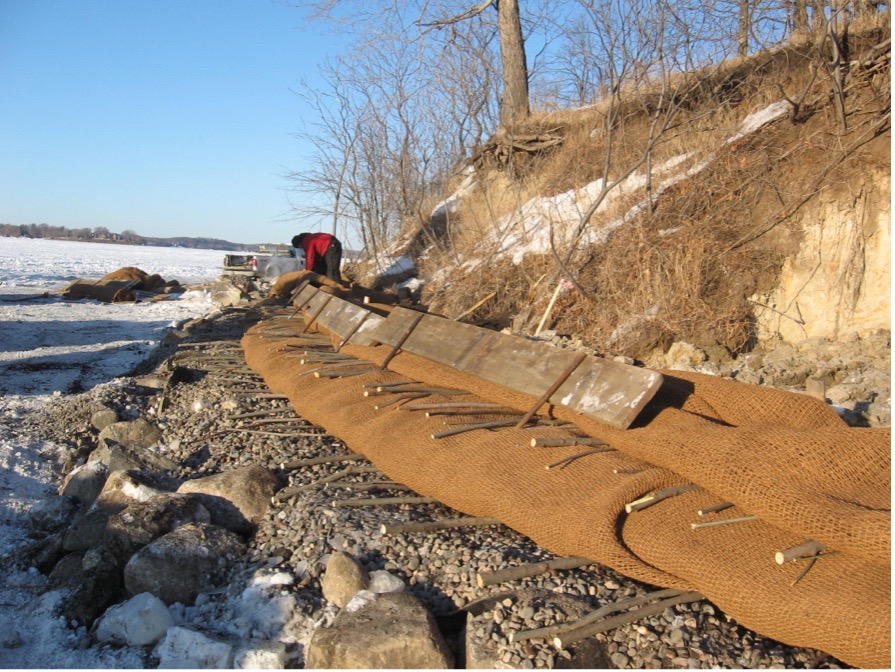
Project Timeline

Planning Phase
Planning Phase
2006 — 56 acres of Big Island acquired
April 2007 — Feasibility study conducted
September 2007 — Project ordered through Resolution 07-057

Design Phase
Design Phase
January 2008 — Design phase begins
September 2008 — Design phase complete

Construction Phase
Construction Phase
October 2008 — Construction begins
May 2009 — Construction ends

Project completion
Project Completion
2009 — Project completed
By the Numbers
56
acres
of public land protected
7,500
feet
of lakeshore preserved
7.59
ACRES
of wetlands preserved
150
tons
of garbage removed
3,000
feet
of shoreline restored
Project Highlights
- Improved public access to green space
- Accessible docks and hiking trails
- Habitat restoration and protection, including a bald eagle nesting site
- Improved water quality by restoring the shoreline
- Removal of old buildings and garbage
- Invasive species removal, including buckthorn
Partnership
The restoration work on Lake Minnetonka’s Big Island shows what can happen when local and state agencies cooperate with a shared vision. The City of Orono, in partnership with the state of Minnesota and MCWD, bought the 56-acre site together to create a unique nature preserve that brings ecological and recreational opportunities to the area and contributes to the island’s special character. Support from State Senator Gen Olson (R-Minnetrista) was integral in obtaining state backing for the $5.7 million purchase of the property.
Funding
Project Cost: $299,839
The City of Orono purchased the 56-acre parcel of Big Island for $5.7 million, of which the City contributed $2.35 million, the Minnesota Legislature contributed $2 million through a bonding bill, and MCWD contributed $850,000 to the shoreline restoration. The sale benefited the non-profit Minnesota Veterans 4 Veterans and funded new televisions in all veterans’ homes across the state, the “Make A Wish” program at the Veterans Medical Center Hospice Program, vans to shuttle veterans to medical appointments, and a non-profit ranch in Elk River used for therapeutic purposes by severely injured veterans.

